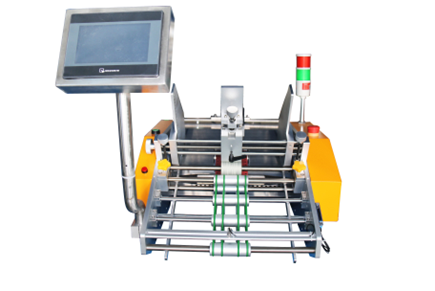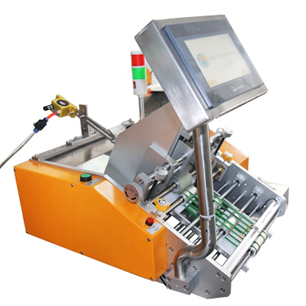
You know, just the other day, I was staring at a towering stack of bags in my workshop, wondering how on earth I'd get them all sorted and labeled without losing my mind. It felt like trying to count grains of sand on a beach. Then it hit me—there has to be a better way to page these bags efficiently.
So, here's what I did: I got myself a paging machine. This nifty gadget separates each bag from the stack like magic, speeding up my workflow and saving me from endless manual sorting. It's been a total game-changer for my packing and labeling process.
Honestly, I can't believe I managed without it for so long.
What is the Process of Paging?
Let me break it down for you—paging is essentially my secret weapon against chaos.
In simple terms, paging involves using a machine to feed bags one by one from a pile. Think of it like dealing cards at lightning speed but with perfect accuracy every time. Machines like friction feeders or suck feeders do the heavy lifting, making the packaging and labeling process smoother than ever.

When I first dove into this, I was amazed by the variety of paging machines available. Here's a quick snapshot:
Types of Paging Machines and Their Prices in China
| Machine Type | Description | Price Range (China) |
|---|---|---|
| Friction Feeder | Uses friction to separate items | $2,000 - $5,000 |
| Suck Feeder | Uses suction for delicate materials | $3,000 - $6,000 |
| Push Feeder | Mechanically pushes items forward | $2,500 - $5,500 |
Choosing the right one felt like picking out a new car—exciting but a bit overwhelming.
What is Paging an Example Of?
Paging, to me, is the epitome of how automation can make life so much easier.
It's a shining example of efficiency in action. By automating the sorting process with machines like numbering machines or even fogging machines, I've cut down on errors and sped up production. It's like having an extra set of super-precise hands helping out.
Embracing this technology has truly transformed my workflow.
What Should I Set My Paging Size To?
Ah, the million-dollar question! Getting the paging size right was a bit of trial and error for me.
I learned that setting the correct size on the paging machine is crucial. It needs to match the dimensions of the bags I'm working with—width, length, and thickness. Too tight, and everything jams; too loose, and the bags go flying. Taking the time to adjust these settings has saved me countless headaches.
Trust me, a little tweaking goes a long way.
How Does Paging Someone Work?
Switching gears a bit—remember pagers? I know, a blast from the past!
Paging someone involves sending a message to their pager device. It's as simple as dialing their pager number, leaving a callback number or a short message, and voilà—their pager buzzes or beeps. Two-way pagers are even cooler since they let you send and receive messages. While it might seem old-school, in certain industries, it's still a reliable way to stay connected.
I actually dusted off an old pager recently, and it was a nostalgic trip down memory lane.

Pagers for Sale and Their Prices
| Pager Type | Features | Price Range |
|---|---|---|
| One-way Pager | Receives messages only | $50 - $100 |
| Two-way Pager | Sends and receives messages | $100 - $200 |
| Pagers 2024 | Latest models with upgrades | $150 - $250 |
It's a video for your reference, my friend. 🙂
https://youtube.com/shorts/g0zeiV_RGPA?feature=share
Conclusion
All in all, discovering the art of paging—whether it's bags or people—has been quite the journey for me. By embracing the right tools and technology, I've streamlined my operations and made life a whole lot easier. If you're in the packaging or labeling game, I can't recommend exploring paging machines enough. It's like finding that missing puzzle piece that brings everything together.


